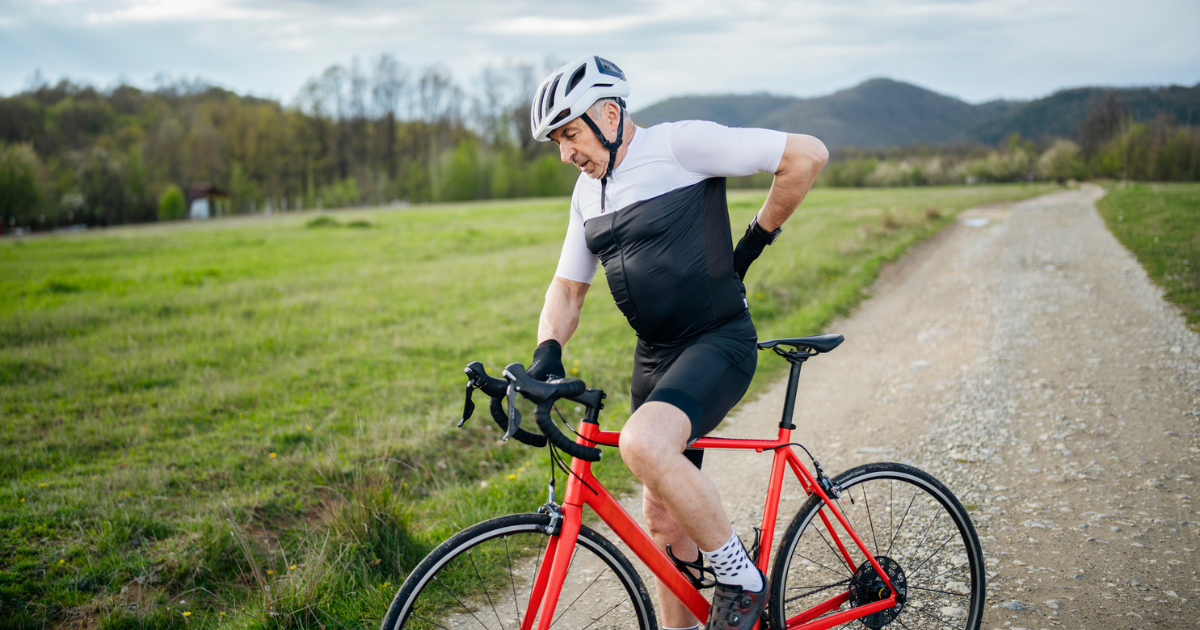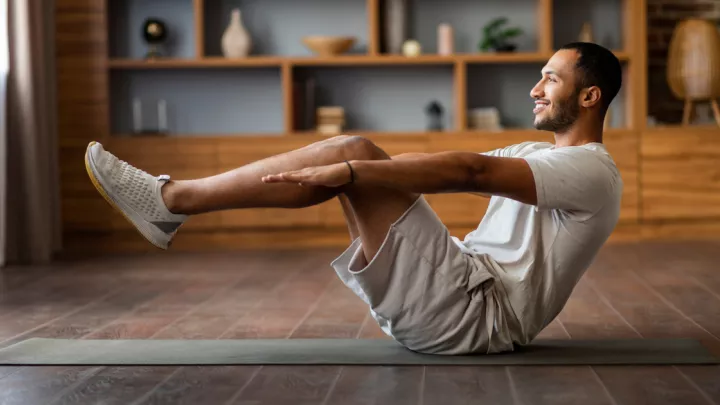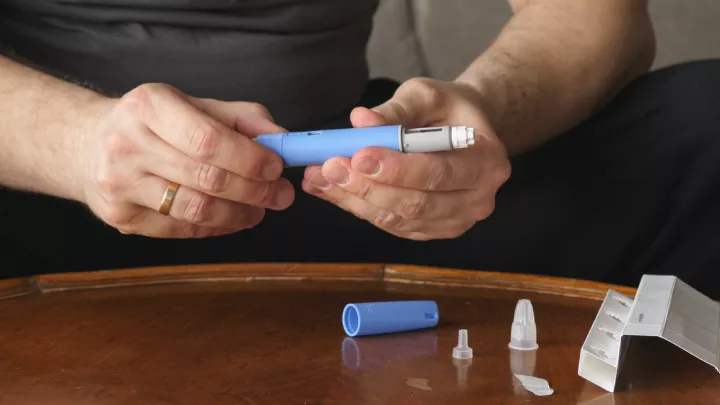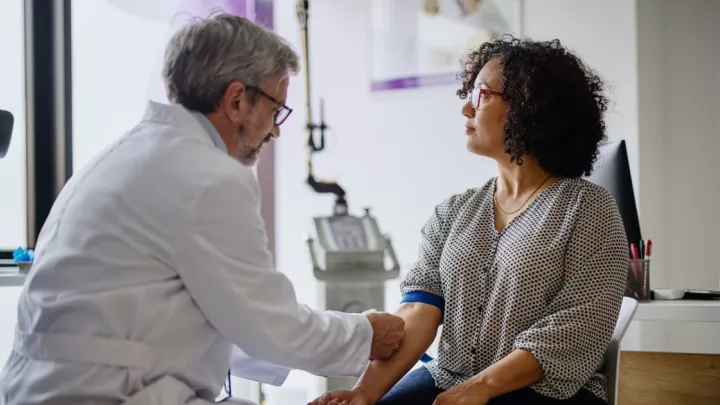Suffering from lower back pain? These stretches can help

Lower back pain is extremely common, affecting more than 80% of Americans. While not everyone's condition is the same, research shows that movement can typically help relieve lower back pain for most individuals.
Patients with low back pain have often been putting up with pain on and off for quite a while. Many people stop being as active as they used to be, and over time, lose strength and flexibility, which can limit their mobility and cause more pain.
Benefits of movement for low back pain relief
When you're in pain, it's easy to want to lie down or remain stationary. However, being in one position too long – even a good one – isn't good for your body. Your muscles need to contract, relax and lengthen, allowing you to bend and reach. Your joints receive nutrition through movement, and your nerves need space to be able to slip and slide when you move.
Additionally, sitting for prolonged periods can put increased strain on your hips and low back, leading to increased back pain. Exercise and stretching help mitigate muscle imbalances while maintaining the range of motion and strength necessary for a healthy back.
Consider taking the following steps to incorporate more movement into your daily life:
- Get up – Get off the couch or out of your desk chair and walk around every 30 minutes
- Incorporate full-body movements – Take normal steps, swinging your arms as you walk to engage your entire body
- Move at your own pace – More is not always better, so don't push it to the point where you need two hours to recover
Stretches to relieve lower back pain
In addition to hamstring and hip-opening stretches, the following mobility exercises can help relieve low back pain.





You should be able to recover from your exercises in about 30 minutes. Use ice afterward if needed.
"Most of the patients I see for low back pain have increased pain with standing and walking. They have muscle imbalances contributing to an increased curvature in the low back, which causes strain on the spine. Stretches that increase lumbar flexion, such as cat and cow, help reduce the stress on the spine and stretch the muscles in the low back that are generally overactive and contribute to back pain," says Nebraska Medicine physical therapist Amy Collison, PT, DPT, OCS.
Of course, everyone is different, and what works for one person may not work for the next. In general, you should see an improvement after two to four weeks. If your pain does not get better, it's important to seek medical help right away. If you have increasing weakness in your legs and feet, bowel or bladder dysfunction, or persistent pain that gets worse at night, you should see a specialist to avoid permanent damage or loss of function. For more information or to find a provider that's right for you, contact the Nebraska Medicine Comprehensive Spine Center.
Make an appointment at 800.922.0000.






